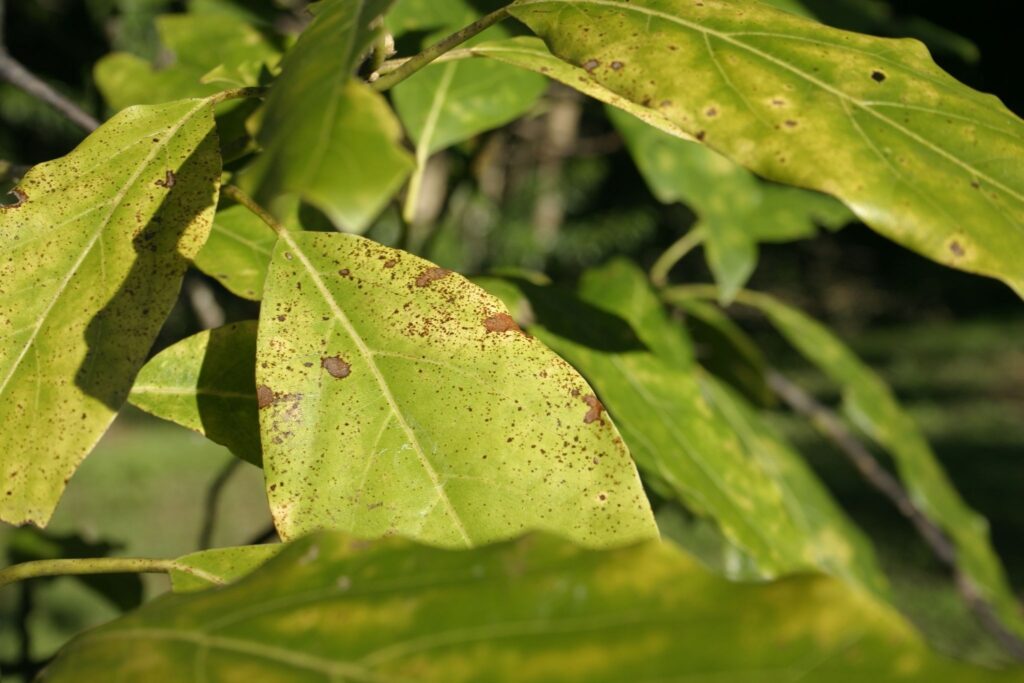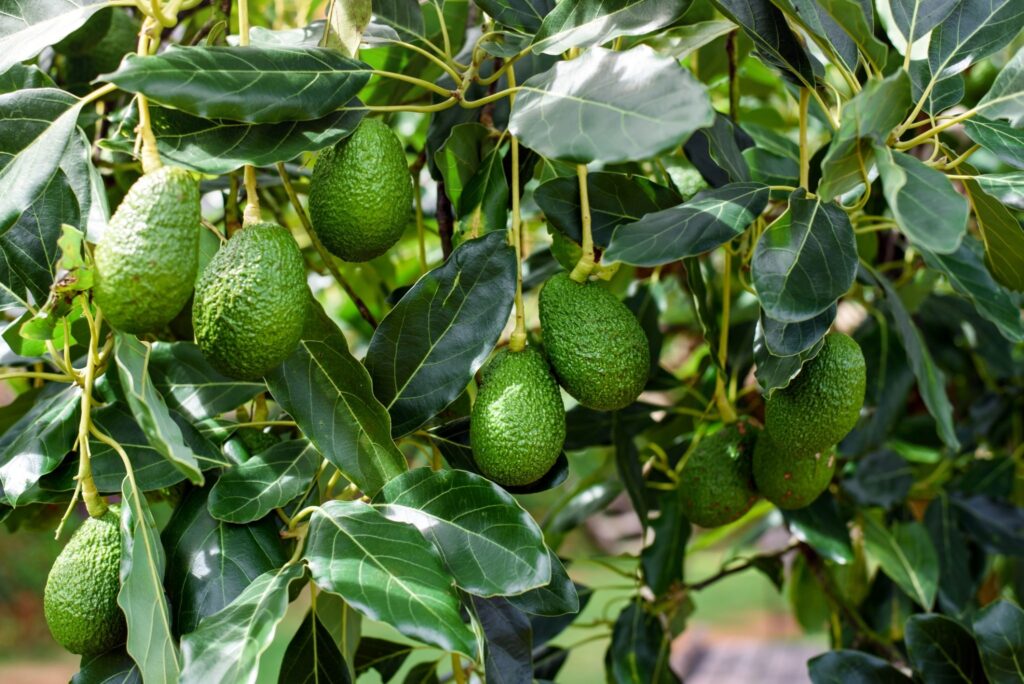Avocados are a favorite fruit many enjoy, whether on savory or sweet dishes. What’s great about this fruit is that you can also plant it on your own, growing avocado trees so you can have your share of avocados without the hefty price tag in supermarkets. While they may take an effort in planting, it’s worth the long-term supplies of your favorite fruits.
But as you grow it, you might have noticed your avocado trees turning yellow! Is this death of your avocado tree or is there something you can do to save it?
Learn about why your avocado trees are turning yellow and what you can do about it.

Why Are My Avocado Trees Turning Yellow?
Healthy and green avocado leaves are vital to get the best yields out of your avocado trees, as well as flowering, as leaves would convert sunlight into sugars, which would support fruit production. Avocado leaves need to be green and in good size, distributed well around trees so it can capture sunlight the best way possible. Furthermore, it needs to be layered, to shade avocado fruits and branches from any damaging effects from sunlight.
While avocado leaves can tolerate a bit of damage and yellowing before their abilities to produce sugars are negatively affected, the key to higher avocado yields is undamaged leaves. So if your avocado trees are turning yellow, it’s best to find out why the reason why and what you can do to remedy it.
Here are the reasons why your avocado tree is starting to yellow:
- It can be due to stress, as small and/or yellow leaves, as well as too few leaves on the tree, can indicate the tree is under stress. It suggests poor rot health and low nutrients, or it may be an indication of root disease or reduced root system from poor drainage or soil that’s too wet.
- The leaves yellowing can be due to the chlorophyll pigment breaking down, which can affect the produce when it’s time for harvest.
- Your avocado tree may have a nitrogen, zinc, or iron deficiency.
- It can come from certain diseases, including the avocado black streak, sunblotch, or pests like the avocado brown mite, or avocado mite.
How to Treat Avocado Trees Turning Yellow
Now that you know why your avocado leaves are turning yellow, the next thing to figure out is what you can do to treat your yellowing leaves. Here are some of the steps and tips to follow:
1. Check Your Soil
The first thing to do is to check your soil quality, particularly its moisture level. You can do so using a probe of a moisture meter, inserting the probe in the ground or potted tree. Leaves that yellow may be due to not enough water, so make sure to water it regularly, giving it the right amount of moisture.
While important to water your plants regularly, make sure that you allow the soil to dry out between watering and to skip doing this during the rainy season. Water it once a week, watering it until the soil has about an inch of water.
I recommend that you also move your tree to a sunnier area if permitted, as your tree requires more sun exposure.
2. Give It Proper Nutrients
As mentioned, one of the reasons why your plant may not be growing properly is due to nutrient deficiency. To remedy this, add chelated iron to your root zone if you see the leaves yellowing with green veins. This is a type of yellowing behavior that indicates an iron deficiency.
If it is a nitrogen deficiency, add nitrogen-based liquid fertilizer to your watering supply. You will know if it’s nitrogen deficiency if your leaves are light green and turn yellow.

3. Using Pesticide
Avocado brown mites or avocado mites may be the cause of the leaves yellowing. If you notice these mites around the leaves (they are only about the size of a period!), then make sure you use the appropriate pesticide to treat it. You may also hose your avocado tree down to get rid of mites and take preventative measures to keep it from being infested again.
4. When to Dispose of the Tree
Unfortunately, there will be times that your tree will be ridden with a disease that can’t be cured. If this happens, then the best recommendation is to remove and dispose of the tree. This is because traces of fungus or disease will still be alive in the soil and tree itself, which will stunt its growth and development, and even increases the risk of spreading it to other nearby plants
When disposing of the tree, make sure that you remove it completely and fumigate the area before replanting it. Also, make sure that you let the soil dry out between irrigations, as this will avoid affecting future plants and trees.
If it’s possible to save the tree (like avocado black streak), you can manage it with better irrigation practices and regular fertilization. However, it is better to dispose of and replant after the soil is free of disease.
Do you want to learn more about caring for your avocado tree? Check out this informative video:
Wrapping It Up
I know how stressful it can be to see yellow leaves on your avocado tree, especially after putting a lot of effort and resources into it. Fortunately, there are ways you can keep your avocado tree from further declining, regaining its health and strength. It all starts with proper knowledge and to know the root cause!
I hope that this article on avocado trees turning yellow helped inform you of what you can do to keep your trees growing healthily. Now that you know the answer, find out why your tree is turning yellow so you know the solution to regain its optimum health again. Good luck!
Any suggestions of iron supplement for the roots? What if they have tiny brown spots on the ( yellowing) leaves (that don’t move)? What kind of soil should I use when re-potting?
Thank-you.
Hi, Suzanne! You may try adding manure to the soil to maintain better iron levels, or to spray fertilizer or chelated iron on the leaves.
However, if the leaves have brown spots on yellow leaves, this may mean it has leaf spot disease, which is fungus or bacteria feeding on them. It may also mean water issues, watering too much or too little. You can treat the spots with an antifungal treatment, but first change the watering frequency to see if that helps.